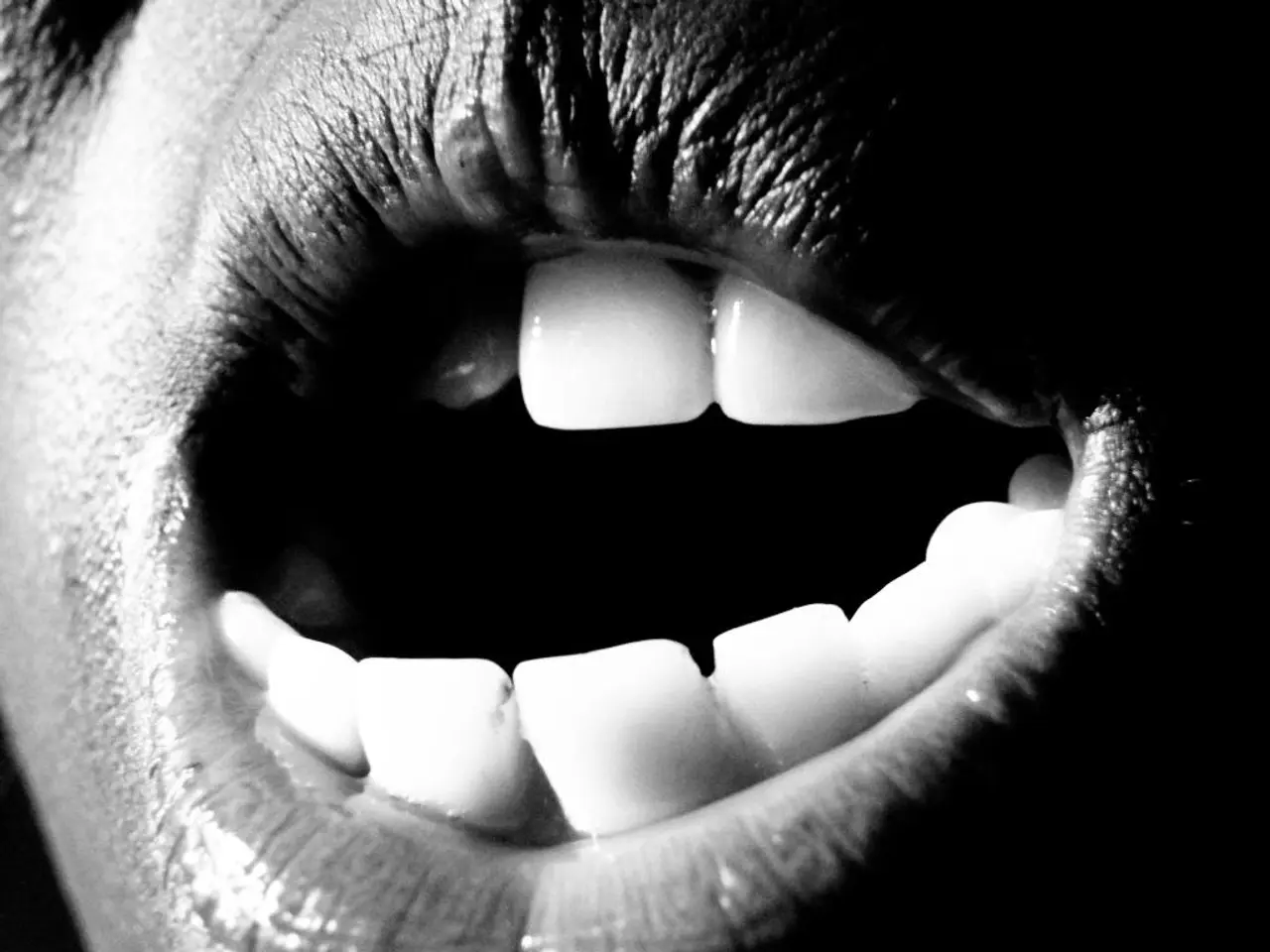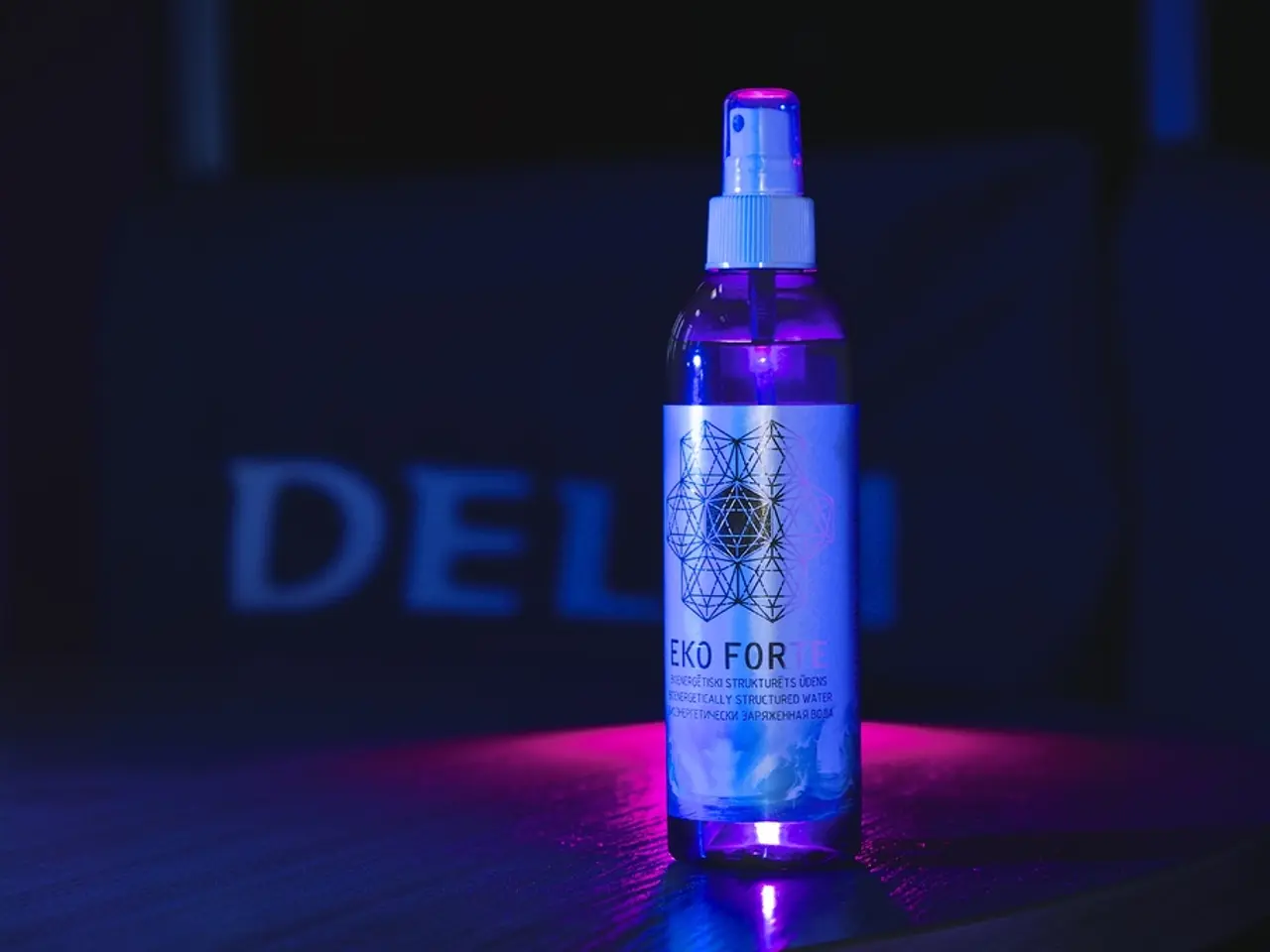Jaw Injuries: Origin, Signs, and Healing Strategies
In the realm of dental health, two common jaw injuries that can affect individuals are jaw dislocations and broken jaws (jaw fractures). While both conditions may cause discomfort and impact daily life, they have distinct causes, symptoms, and treatment methods.
Jaw dislocations are often the result of sudden movements, minor trauma, or joint disorders. Common causes include jaw injuries from sports accidents, falls, or car crashes; yawning or opening the mouth too wide, which can strain the jaw joint; dental procedures that manipulate the jaw; arthritis or other joint diseases affecting the temporomandibular joint (TMJ), leading to instability; teeth grinding or clenching (bruxism), often related to stress; poor posture and muscle tension around the neck and shoulders; and jaw misalignment due to genetics, dental issues, or posture. Symptoms of a dislocated jaw typically include pain, difficulty opening or closing the mouth, and a jaw that feels out of place or "locked."
On the other hand, broken jaws (jaw fractures) result from high-impact injuries causing bone fractures. Common causes include high-impact blunt force trauma from car accidents, physical assaults, or falls; sports injuries involving direct hits to the face; and severe falls or blunt force incidents. Unlike dislocations, which involve the jaw shifting out of its normal position, broken jaws involve a fracture or break in the bone itself. This typically presents with symptoms like visible deformity, swelling, bruising, bleeding, trouble speaking or breathing, and inability to properly open or close the mouth.
In summary, jaw dislocations are often caused by sudden movements, minor trauma, or joint disorders, while broken jaws result from high-impact injuries causing bone fractures. A doctor may advise against yawning or any other extensions of the jaw for a specific time after treatment to avoid delaying recovery or causing further injury. A dislocated jaw can be treated by a manual reduction, performed by a doctor, while a broken jaw may require pain medication, a liquid or soft food diet, or supportive medical devices around the jaw. The healing process for a broken jaw can take several weeks to months, and surgery may be necessary in severe cases.
It's essential to seek medical attention promptly if you suspect a jaw injury to ensure proper diagnosis and treatment. Awareness of the differences between jaw dislocations and broken jaws can help individuals better understand their symptoms and make informed decisions about their dental health.
[1] Mayo Clinic. (2021). Dislocated jaw. https://www.mayoclinic.org/diseases-conditions/dislocated-jaw/symptoms-causes/syc-20374455 [2] American Academy of Oral and Maxillofacial Surgeons. (2021). Fractured jaw. https://www.aaoms.org/find-a-surgeon/oral-health-topics/fractured-jaw [3] National Health Service (UK). (2021). Dislocated jaw. https://www.nhs.uk/conditions/dislocated-jaw/ [4] Cleveland Clinic. (2021). Fractured jaw. https://my.clevelandclinic.org/health/diseases/17136-fractured-jaw [5] American Dental Association. (2021). Temporomandibular joint disorders. https://www.ada.org/en/public-resources/topics/tempmandibular-joint-disorders
- The arena of health and wellness extends far beyond dental care, encompassing a myriad of medical conditions such as obesity, Alzheimer's, and neurological disorders.
- Predictive science is paving the way for advancements in healthcare, particularly in the realm of workplace wellness, where it can help predict and mitigate risks associated with mental health, skin care, nutrition, and fitness and exercise.
- Therapies and treatments for obesity, for instance, are continually evolving, with CBD oil being a growing area of interest due to its potential effects on metabolism and appetite.
- In the field of mental health, accidental falls and falls involving injuries can exacerbate existing conditions, making fall prevention an important aspect of workplace wellness programs.
- Skin care is another critical aspect of health and wellness, with proper skin care preventing conditions like premature aging and skin diseases.
- Aq (Air Quality) also plays a significant role in overall health and wellness, as poor air quality can lead to respiratory issues and other health problems.
- In the realm of science, research is ongoing to understand the complex interplay between medical conditions and their impact on quality of life. For example, Alzheimer's and certain neurological disorders are still largely mysterious, and ongoing research aims to uncover their causes and develop effective treatments.
- Fitness and exercise, a staple of a healthy lifestyle, not only improves physical health but also has proven benefits for mental health, helping to manage stress, anxiety, and depression.




